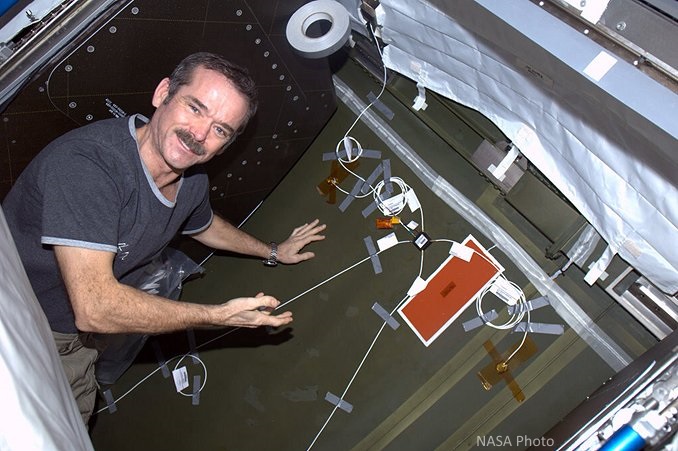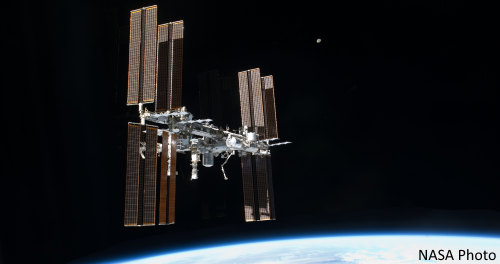
Currently, Invocon has four systems in operation on the International Space Station (ISS) with additional systems manifested for flight. Internal Wireless Instrumentation System (IWIS™), External Wireless Instrumentation System (EWIS™), Micro-gravity Measurement Apparatus (MMA), and the Distributed Impact Detection System (DIDS) are installed on the ISS.
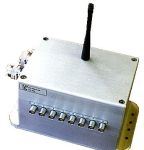
IWIS was deployed by astronauts inside the partially completed ISS to collect data on the impulse response of the structure. This data is used to verify the structural integrity of the ISS on orbit. It has also been used to update models predicting the modal response of the ISS
Complete understanding of the resonant modes of the structure allow for effective planning for re-boost events. Since this data changed as the Station was assembled, it was important to keep this data current with each addition to the Station. The wireless nature of the data acquisition network minimizes the time necessary for deployment and recovery of the system. Further, some of the reaction control system (RCS) test firings occurred when all airlocks between modules were closed. A wired system would not have the flexibility needed to accommodate mission changes and data acquisition windows of opportunity.
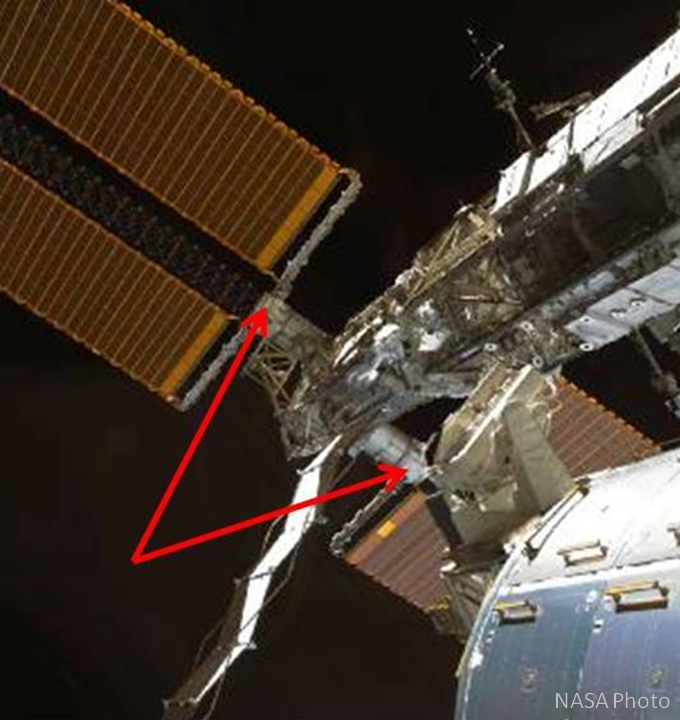
The first element of EWIS was deployed by the STS-115 crew as part of the installation of the P3/P4 truss. EWIS was developed as a system for acquiring vibration data from the truss structure to monitor the health of the truss components. EWIS Remote Sensor Units (RSU) attached to the trusses are currently collecting vibration data. This vibration data is periodically downloaded and analyzed by structural analysis personnel at NASA.
Click here for more information about the Wireless Instrumentation System (WIS™) family
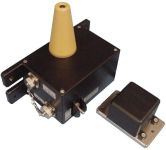
In 2008 the Japan Aerospace Exploration Agency (JAXA) launched a module for the ISS that contained another permanent Invocon system: Micro-gravity Measurement Apparatus (MMA). This system is designed to constantly monitor micro-vibrations in the Station that could adversely affect zero-g experiments. MMA Flight Hardware was delivered in 2003.
Click here for more information about the Micro-gravity Measurement Apparatus (MMA)
Invocon’s Distributed Impact Detection System (DIDS) was originally designed as a miniature, ultra-low-power impact detection system for long-term space flight. It is presently installed aboard the International Space Station (ISS) as an impact detection and a leak location system. NASA has purchased two versions of the system for the ISS. One monitors for leaks in the heritage portions of the ISS. The other will be installed in the Bigelow Expandable Activity Module (BEAM). BEAM is an inflatable module that NASA will test for future use as an inflatable space habitat.
